We entered the house anticipating the famous collections.
As could be expected in a structure created for entertainment and display, the visual treasures in each room almost overwhelm the viewer. Should I concentrate on the furnishings, the paintings, the textiles? Oh, it is a delightful dilemma. nless otherwise noted, the photos were taken by me or Kristine Hughes.
Below, left, inside the East Gallery is the large case for the Elephant Automaton. Alas, he was undergoing his occasional conservation, so the case was empty.
Below, the conservatory, in which musicians often played for the guests in the next room.
Below, the Red Drawing Room, where arriving guests were welcomed in numbers up to forty at a time. As the central room of the house, it links the front entrance with access to the south front and the parterre. Left, the ceiling portrays Hercules received into Olympus, 1725, by Dutch artist Jacob de Wit (1695-1754). Right, among Waddesdon's excellent collection of 18th c. English portraits are Captain St. Leger, by Sir Joshua Reynolds (1723-92), 1778-9, and Thomas Gainsborough's (1727-88) Sophia Charlotte Digby, Lady Sheffield, 1785.
Below, top row, left, the Grey Drawing Room where the ladies withdrew after dinner to be joined later by the men who had finished their port. Right is a drop front desk, c. 1770, with Sèvres Porcelain plaques.
Middle row left, Reynolds portrait of the Duchess of Cumberland, 1772-3, nee Anne Luttrell (1743-1808), widow of Christopher Horton. Her somewhat scandalous marriage to Prince Henry, youngest brother of King George III, prompted enactment of the Royal Marriage Act of 1772 requiring the permission of the monarch for any descendent of George II to wed. Middle row, right, Mrs. Abington as the Comic Muse , 1764-9, by Reynolds.
Below, left, a desk with superposed filing drawers (cartonniere), created by cabinet-maker Jean-Henri Reisener (1734-1806). Right, the monumental Roll-top Desk made for Pierre-Auguste Caron de Beaumarchais (1732-1799) depicting in marquetry scenes from his works such as The Barber of Seville and The Marriage of Figaro. Attributed to Jean-Francois Leleu (1729-1807), a Parisian cabinet-maker.
Below, left, views of the Morning Room.
Below left, an exhibition of the George III silver service, presided over, right, amazingly, by a portrait of Louis XVI, painted in 1783 by Antoine-Francois Callet. (1741-1823).
Several more rooms display additional collections, but honestly, I had exceeded my capacity to absorb more, as fascinating as the exhibits were. I did revive enough, however, to enjoy the Bachelor's Wing, and its billiards room, below, though I had transcended my ability to take many more pictures. Next time I visit, I will have to reverse my pathway to give more attention to the far end of the house.
Would you believe that this is just a taste of the temptations you will see at Waddesdon? Actually, I suppose you would believe it, if you have stayed with me this long!!!

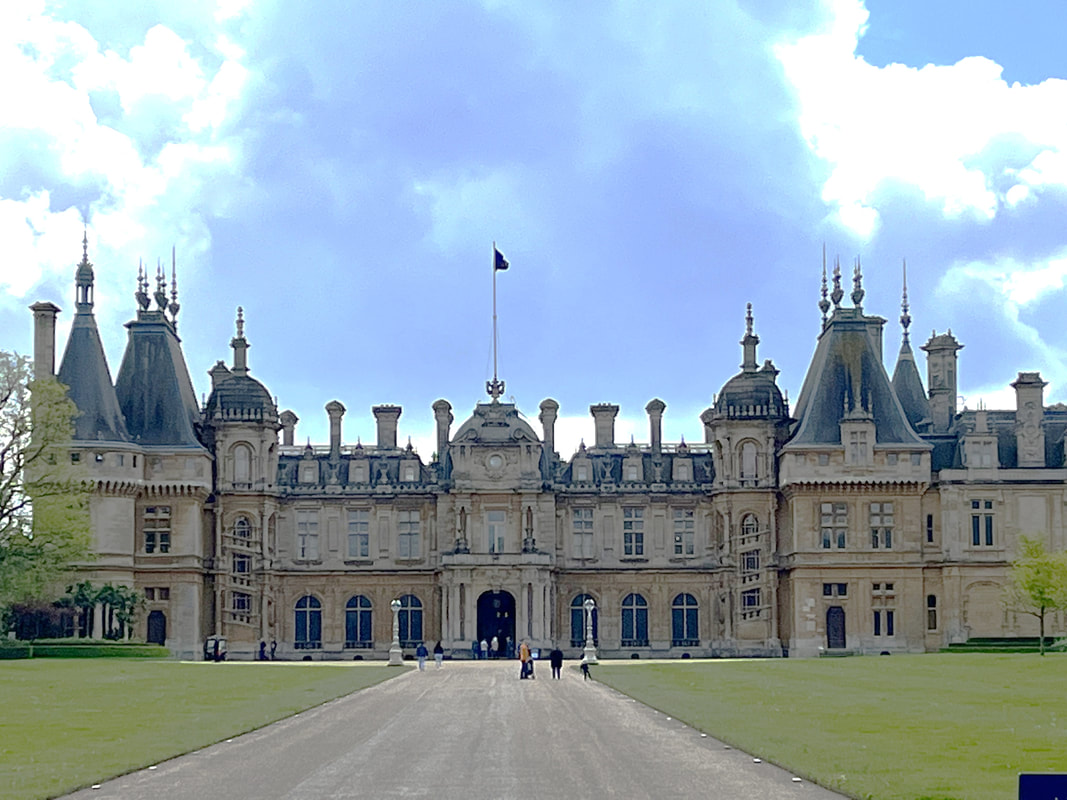

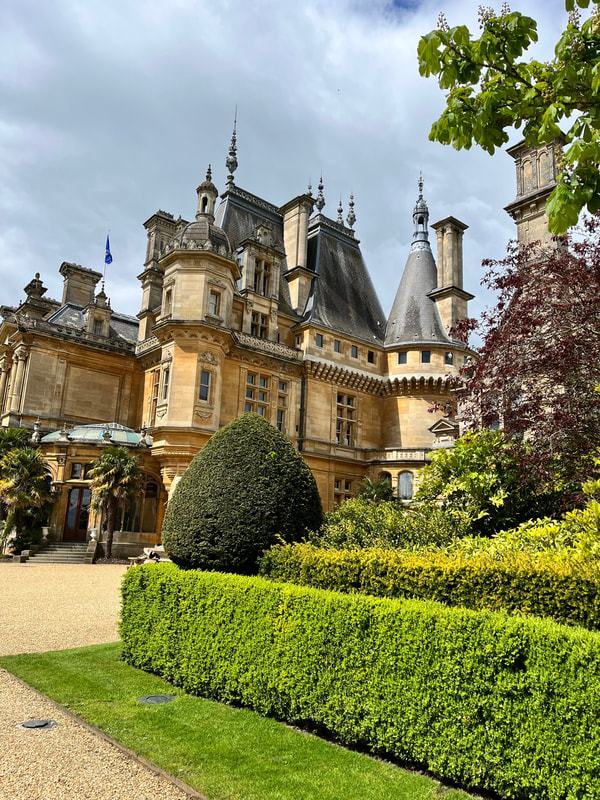
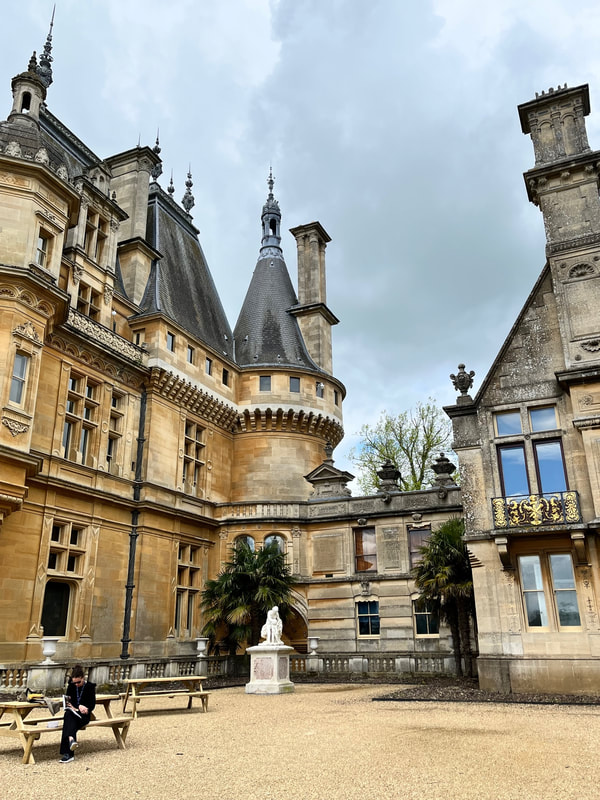
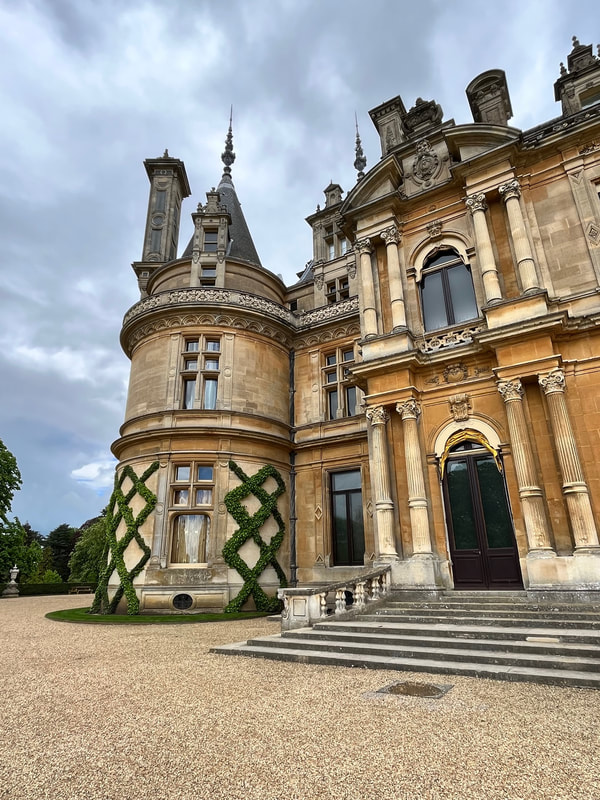
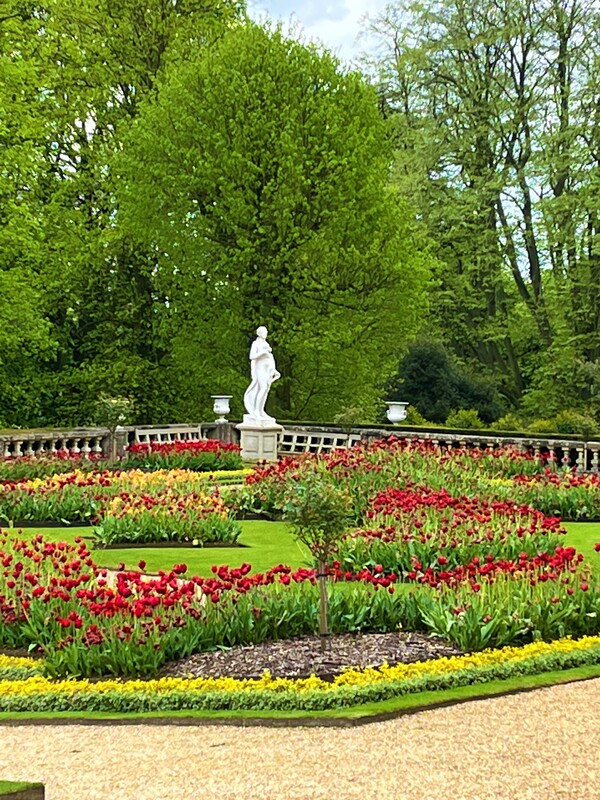
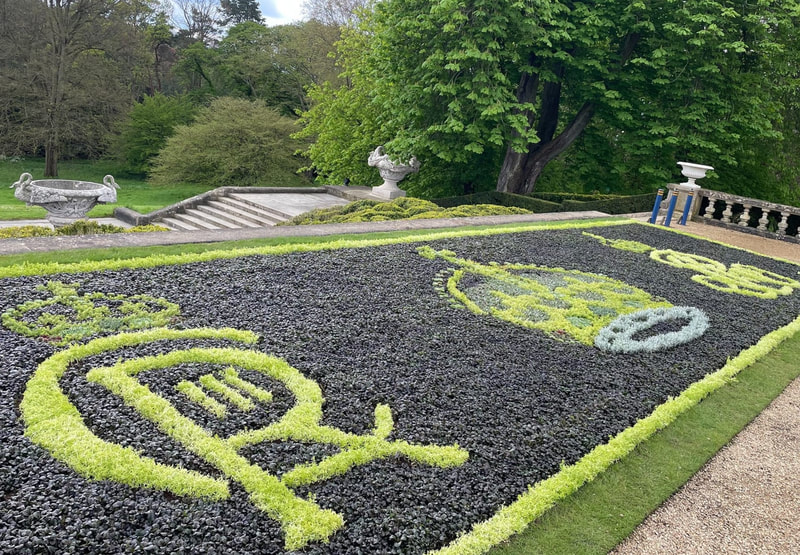
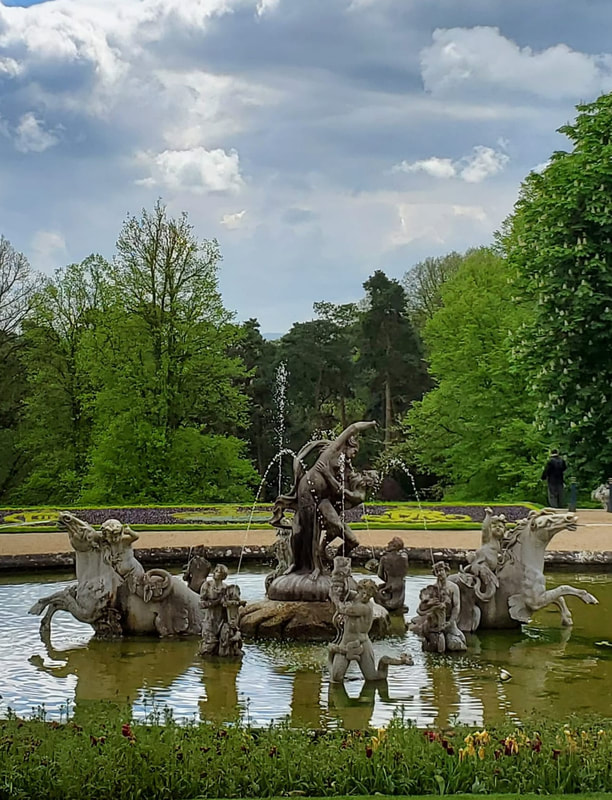
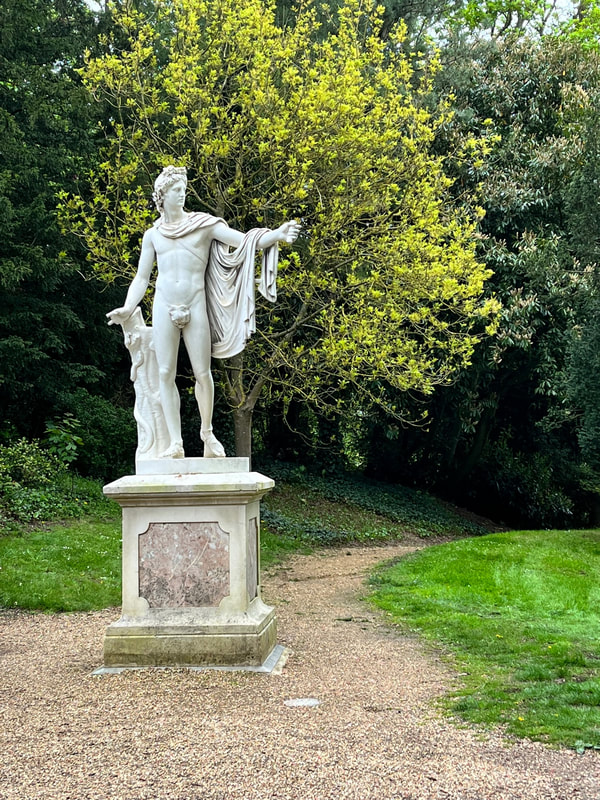
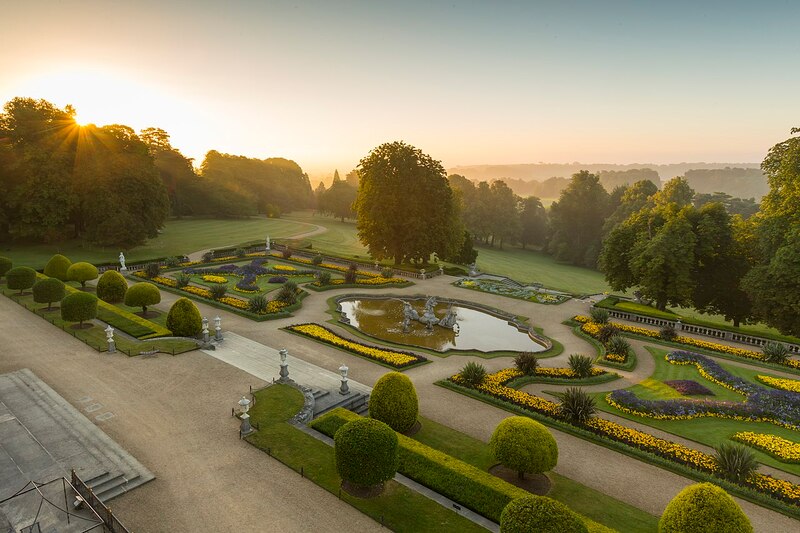
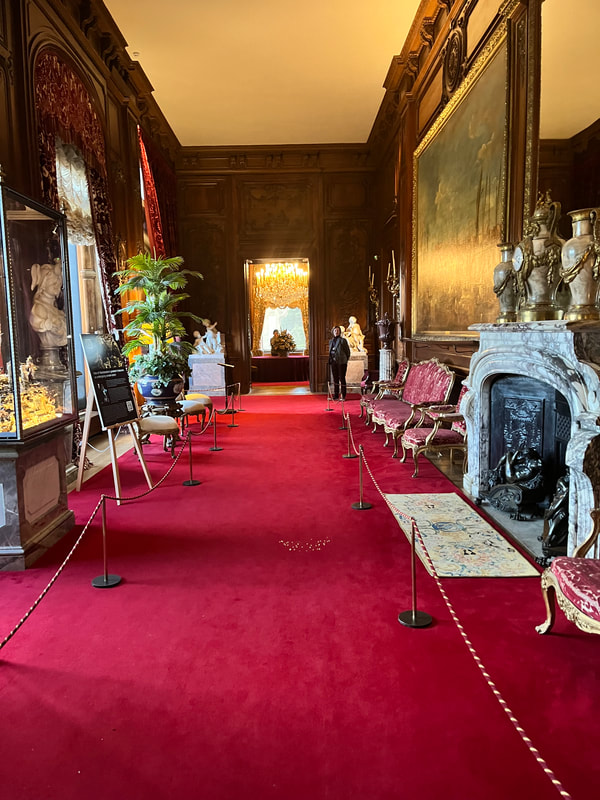
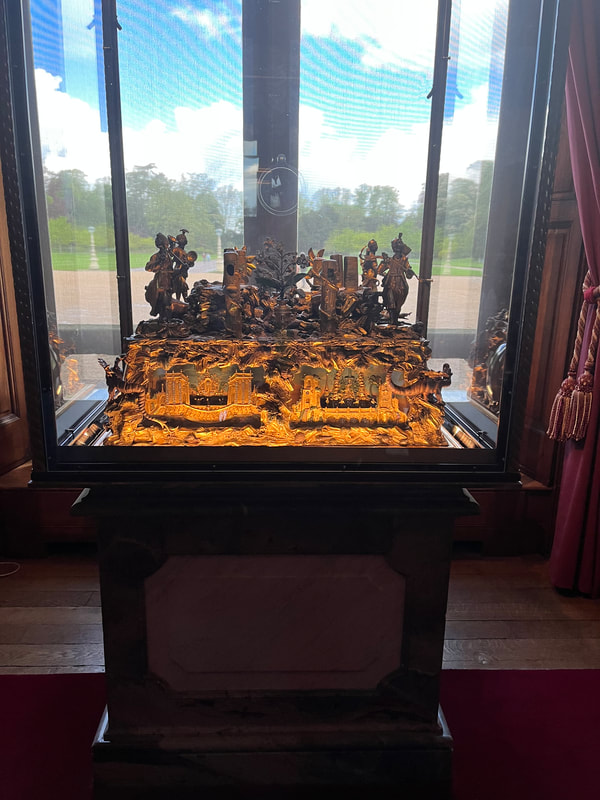
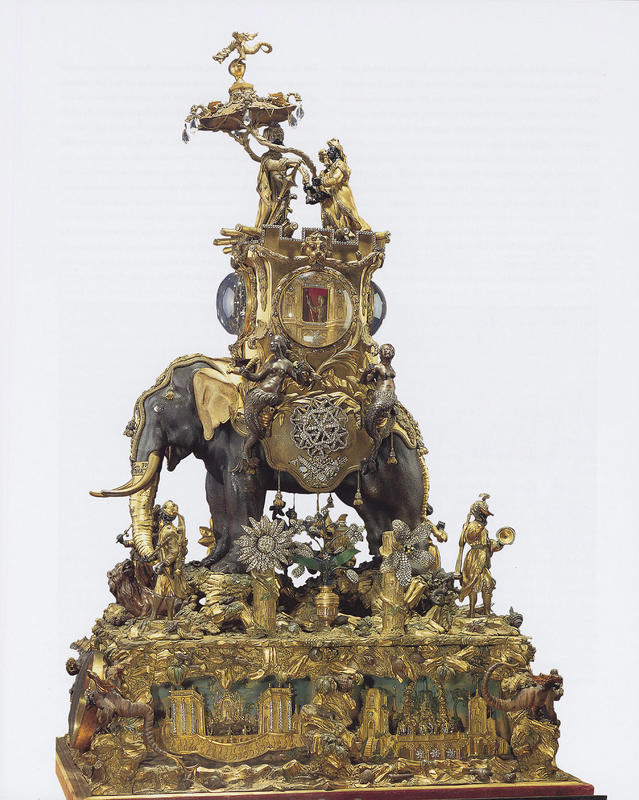
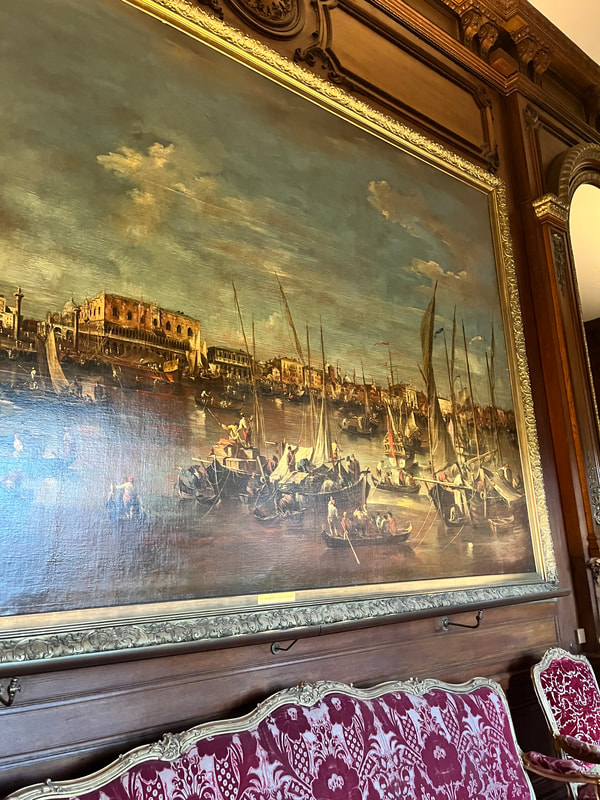
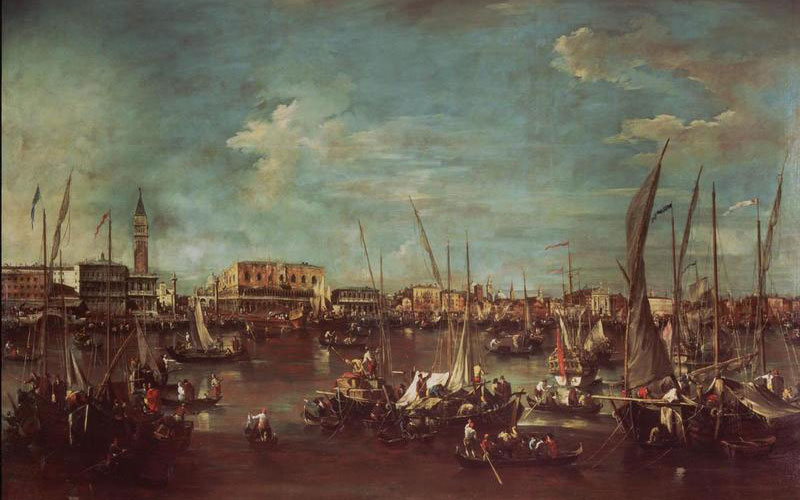
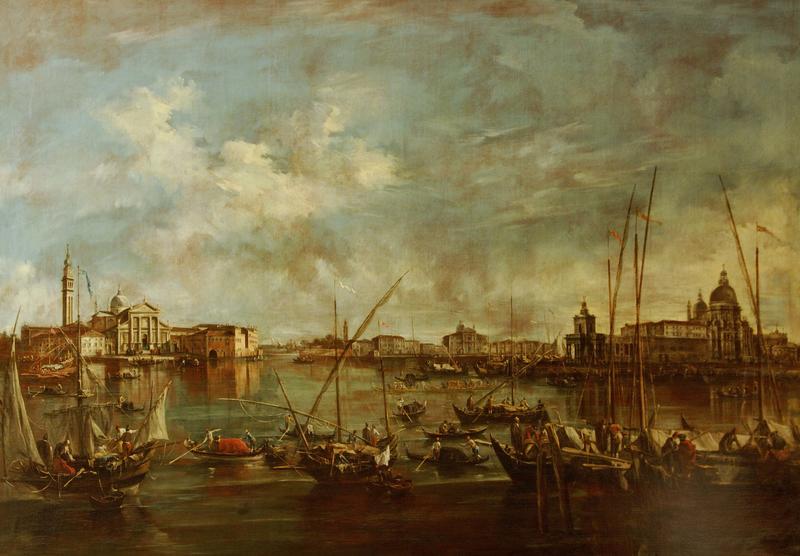
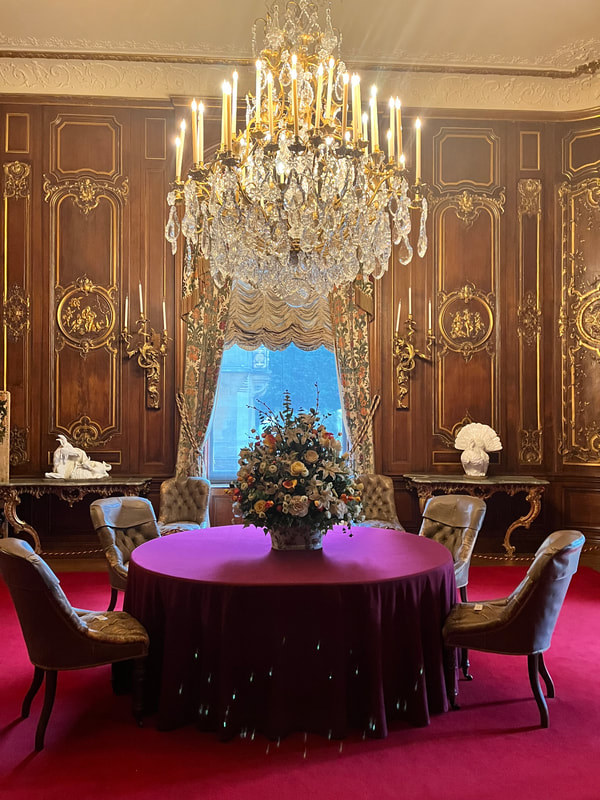
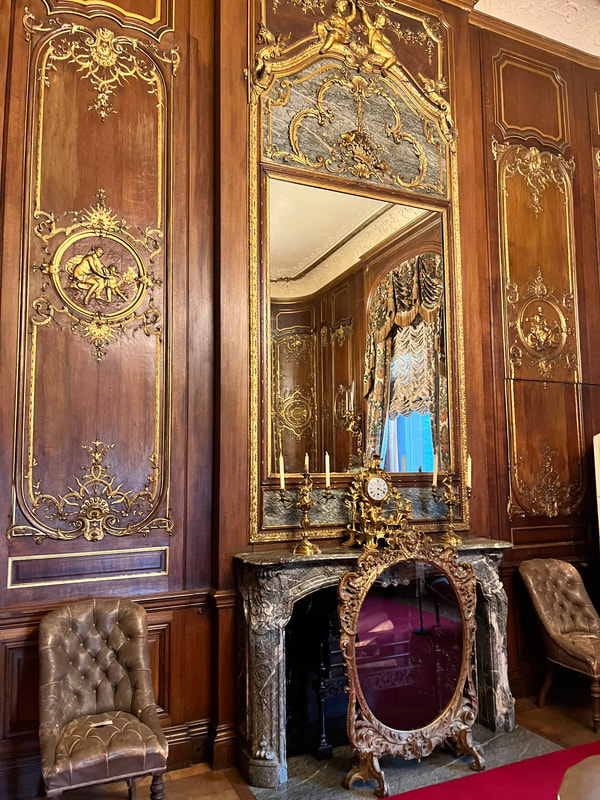
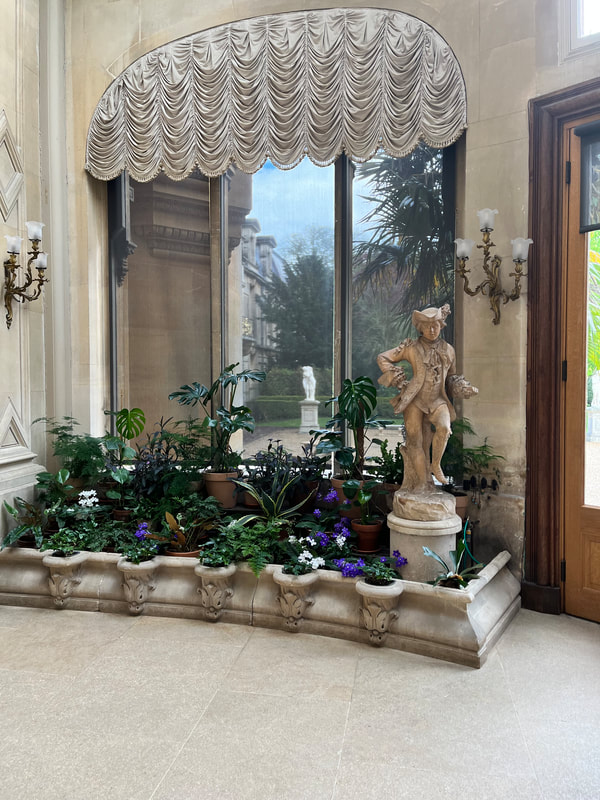
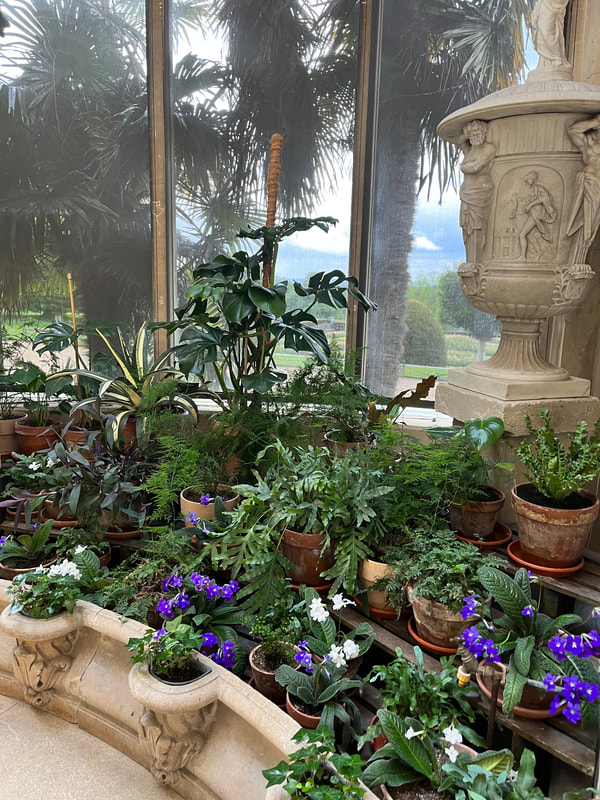
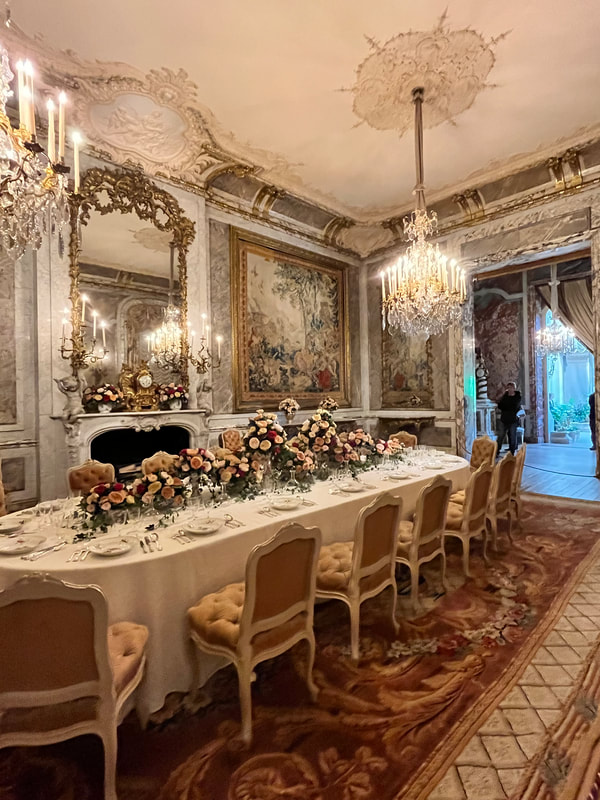
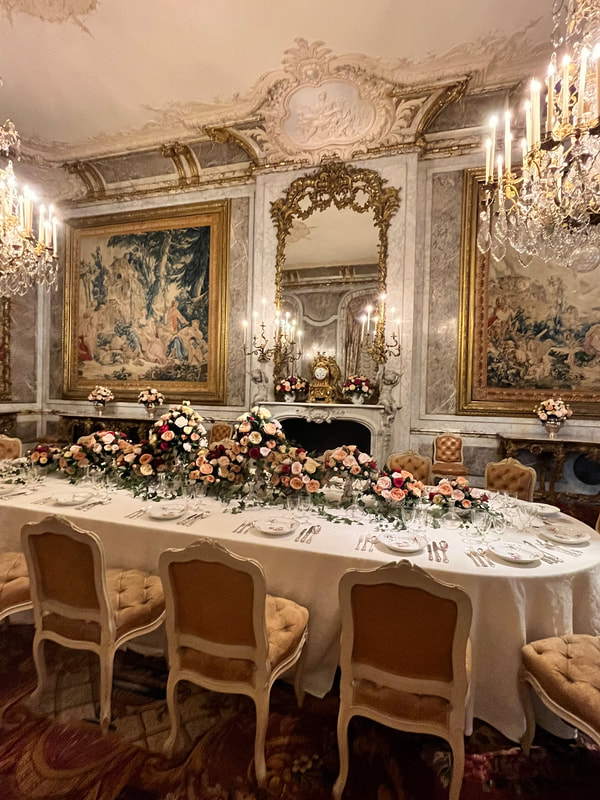
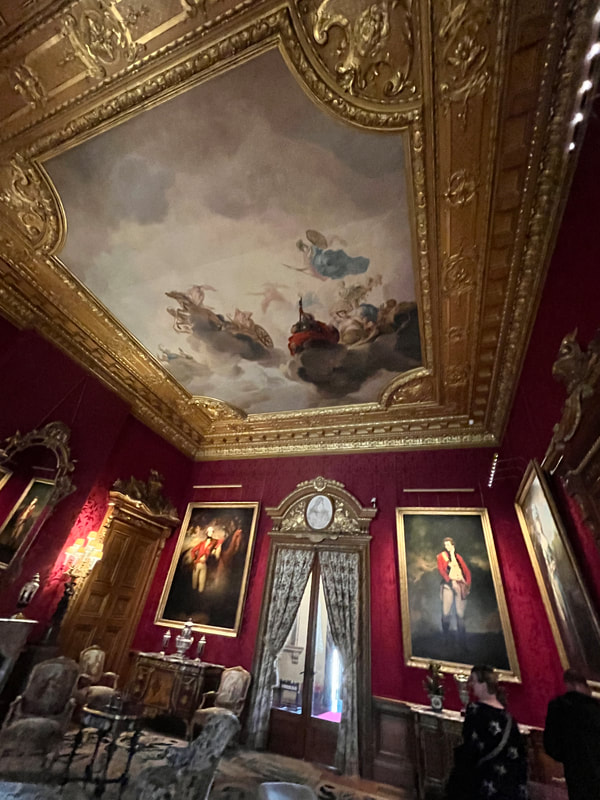
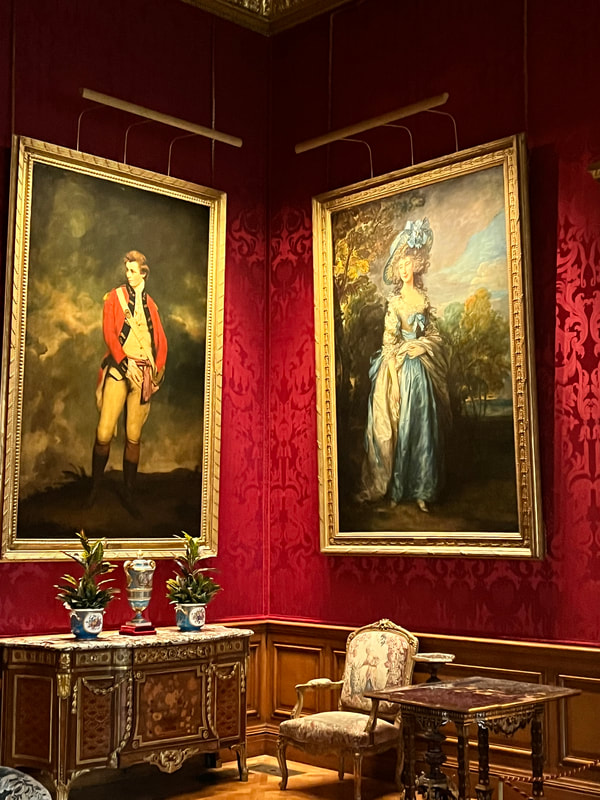
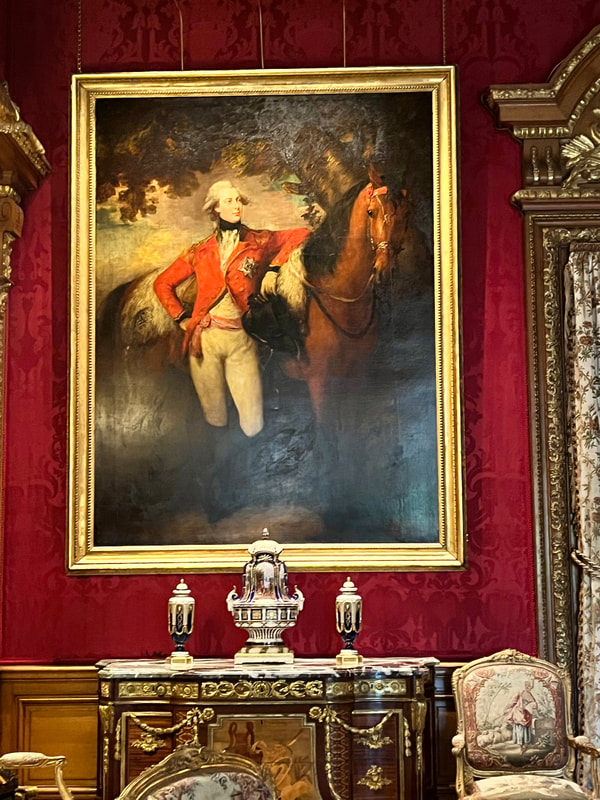
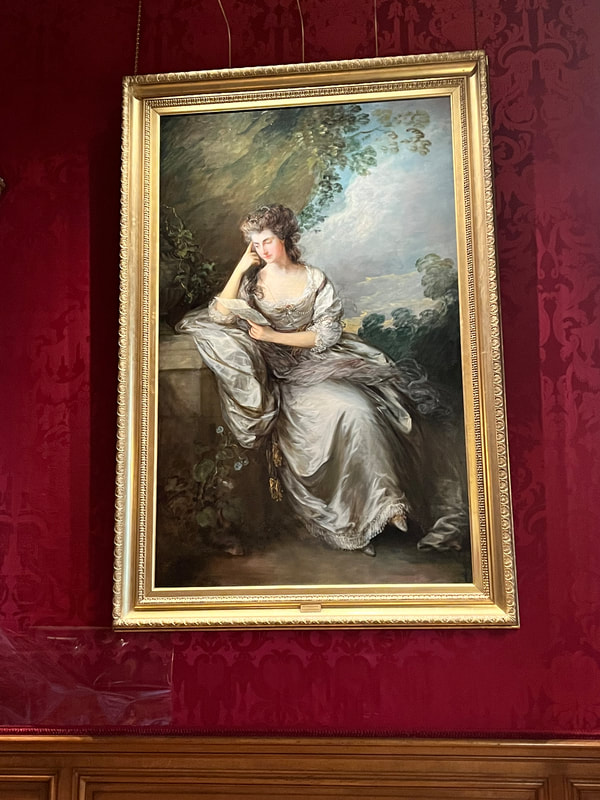


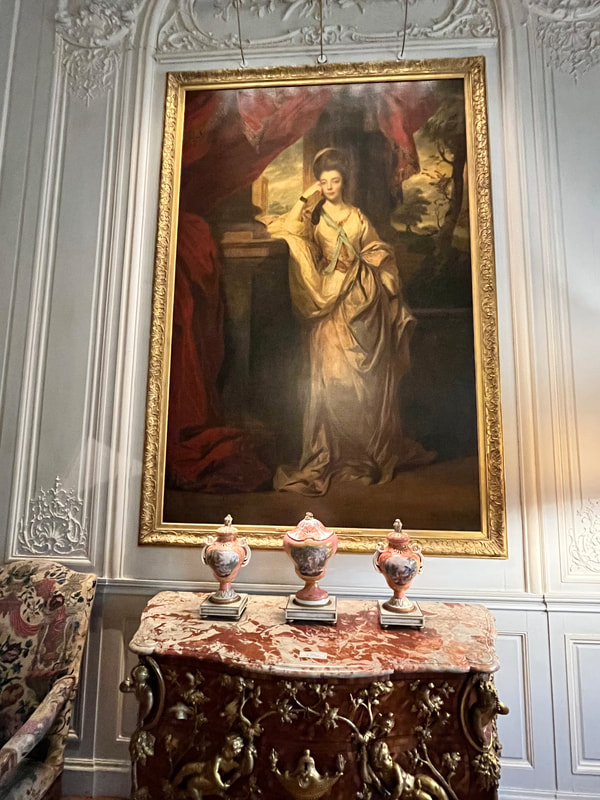
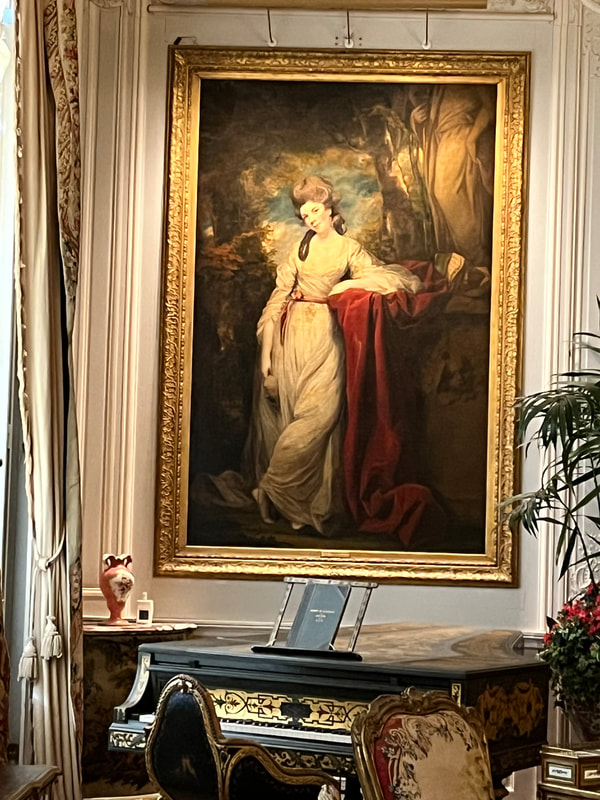
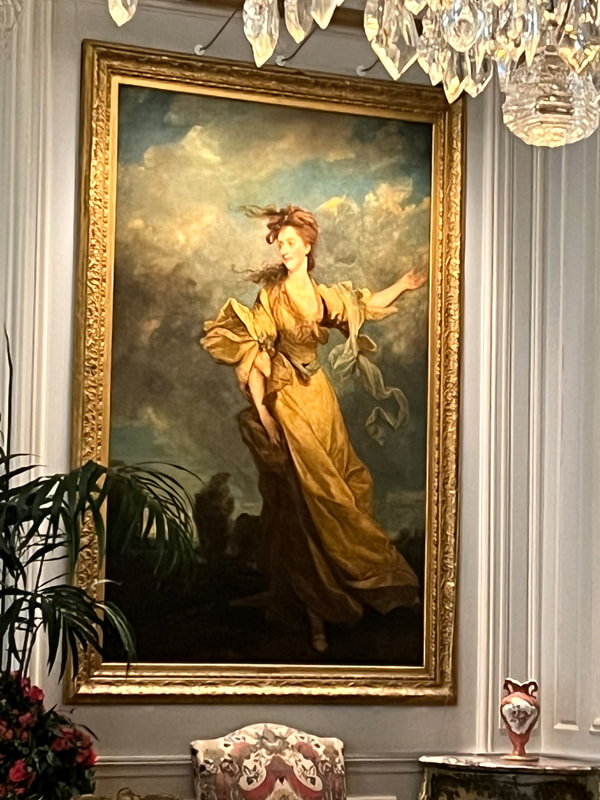
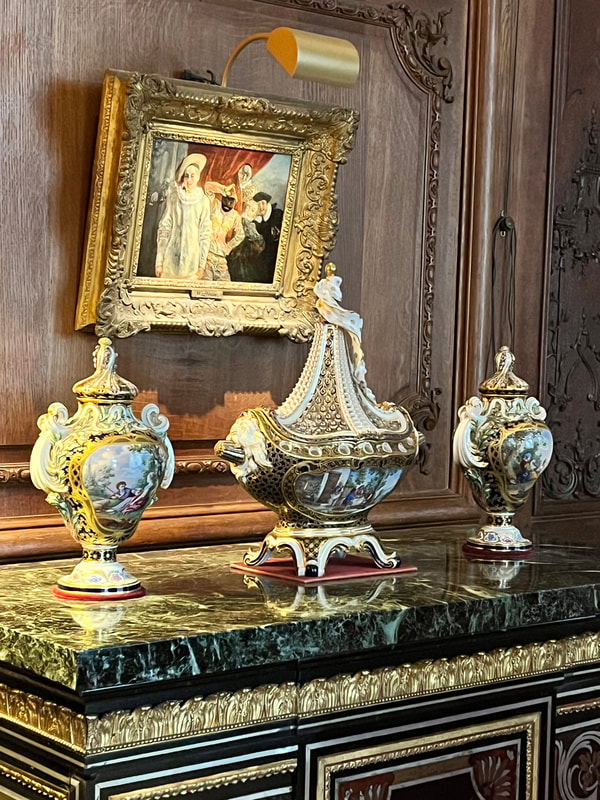
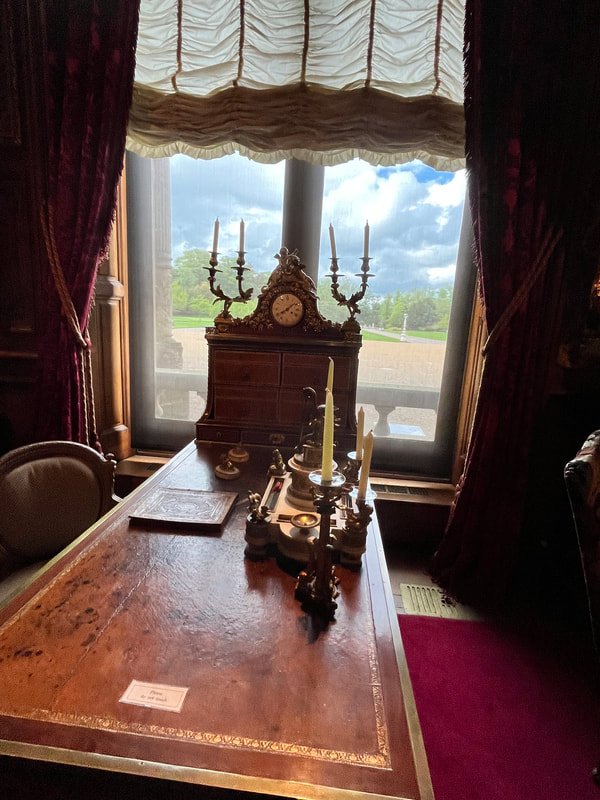
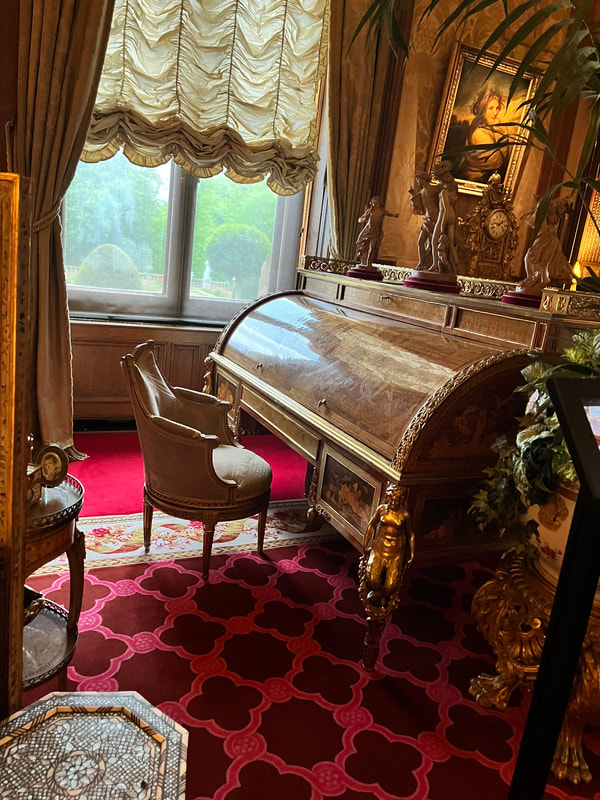
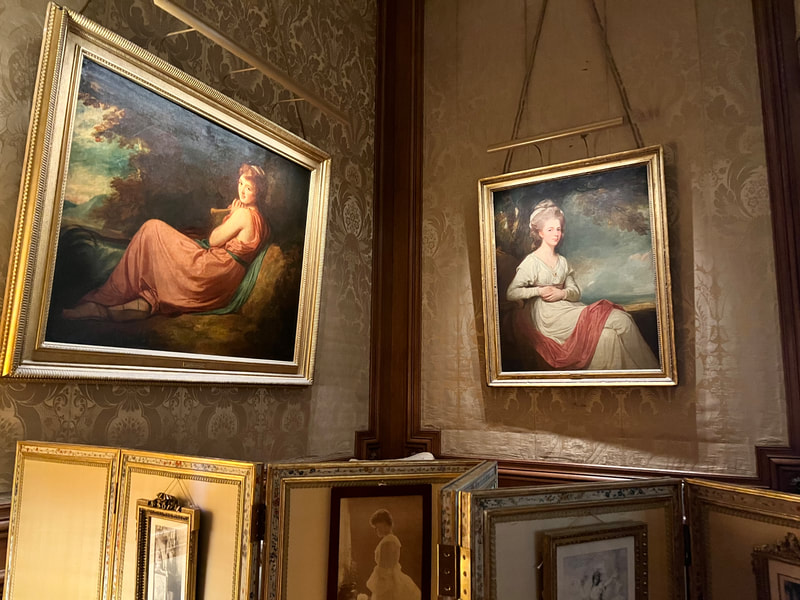
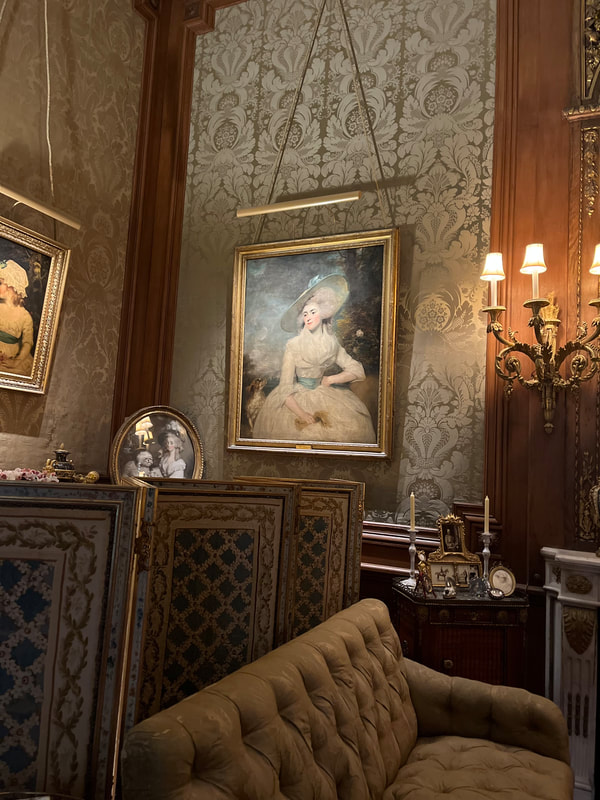
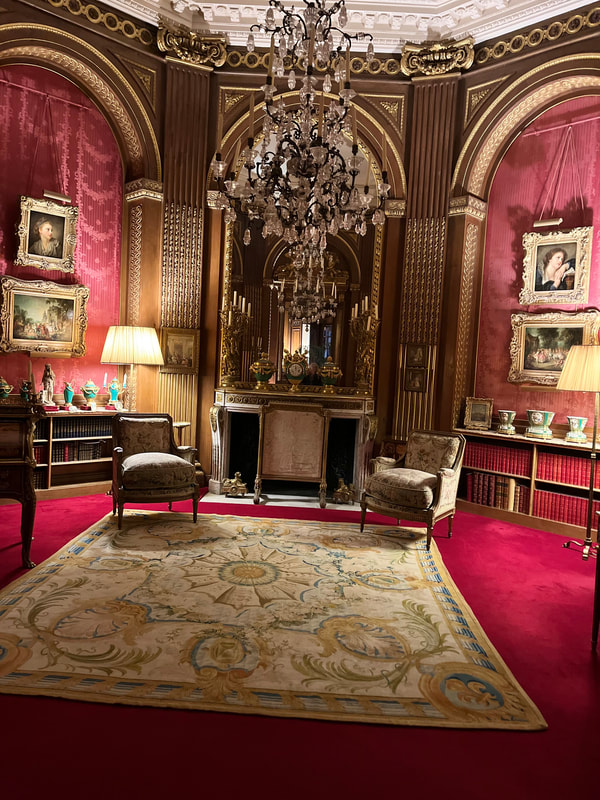
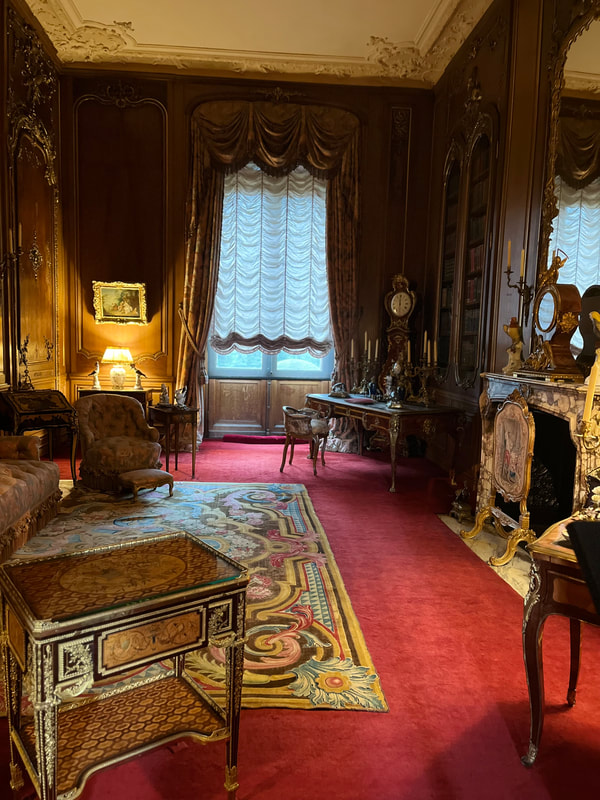
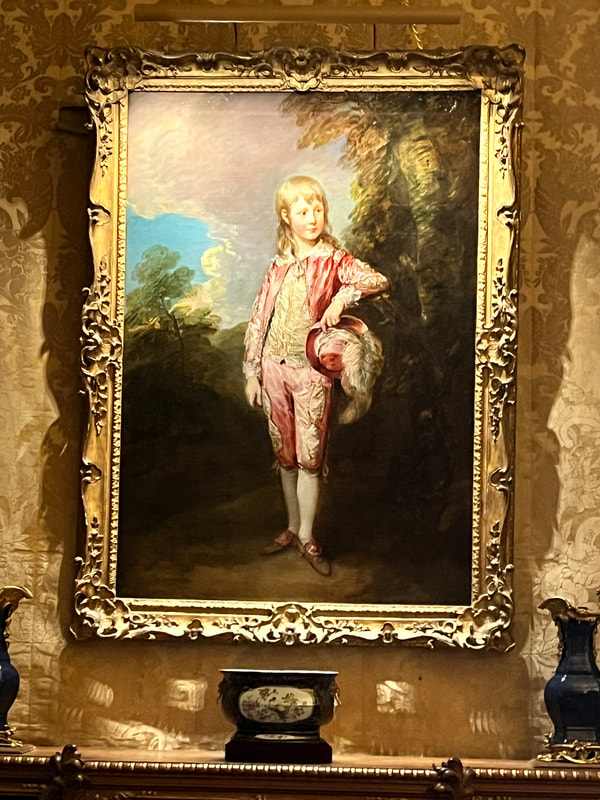

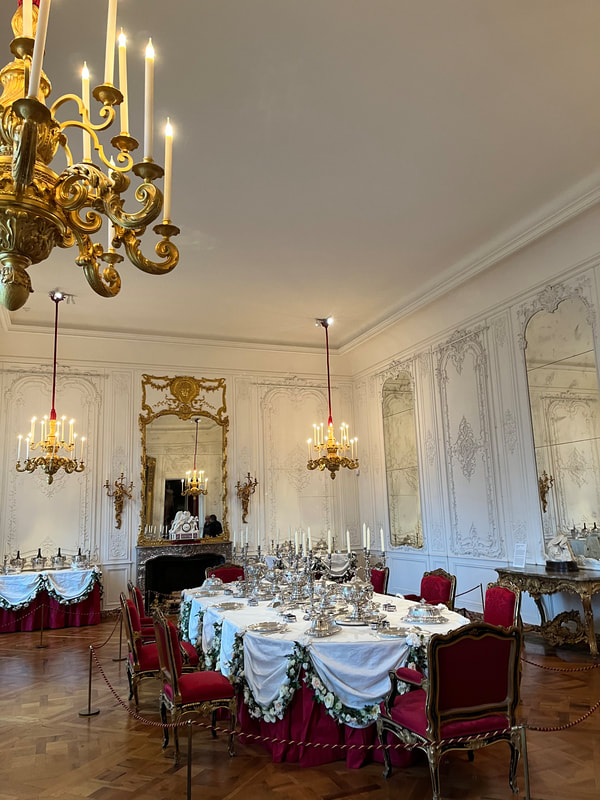
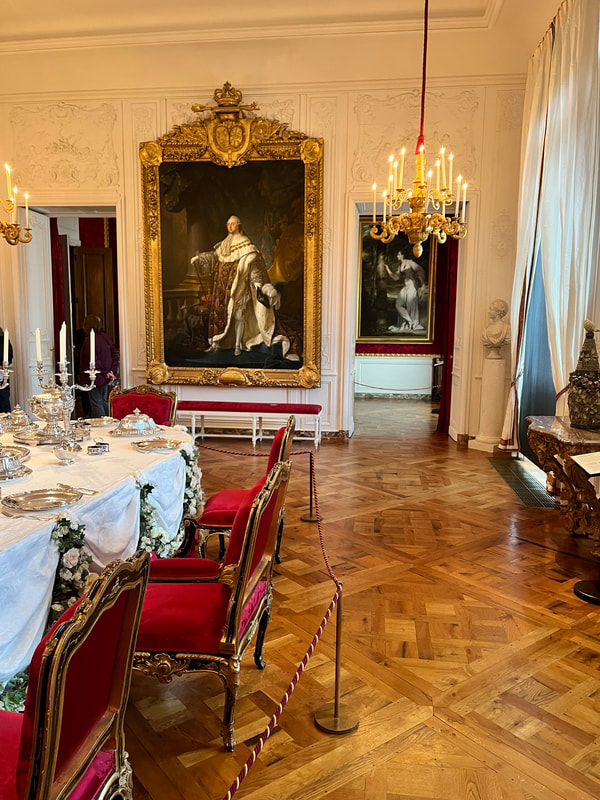
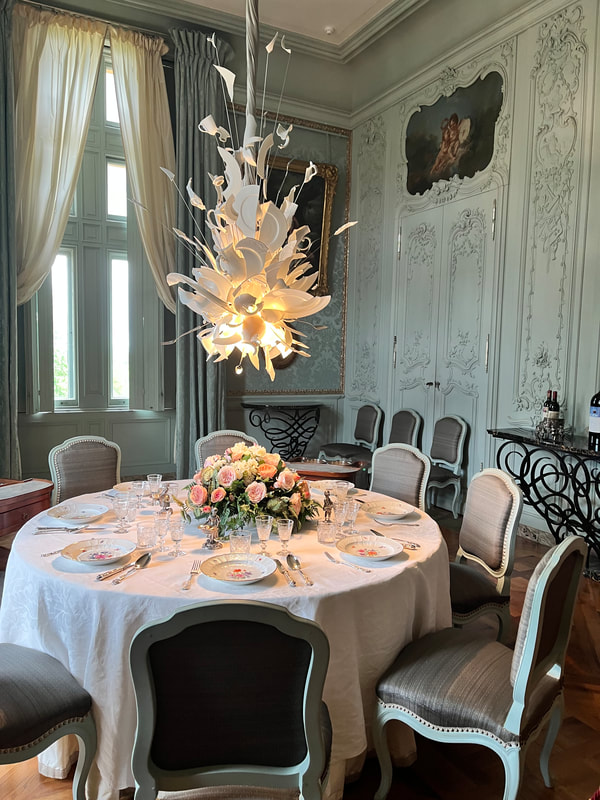
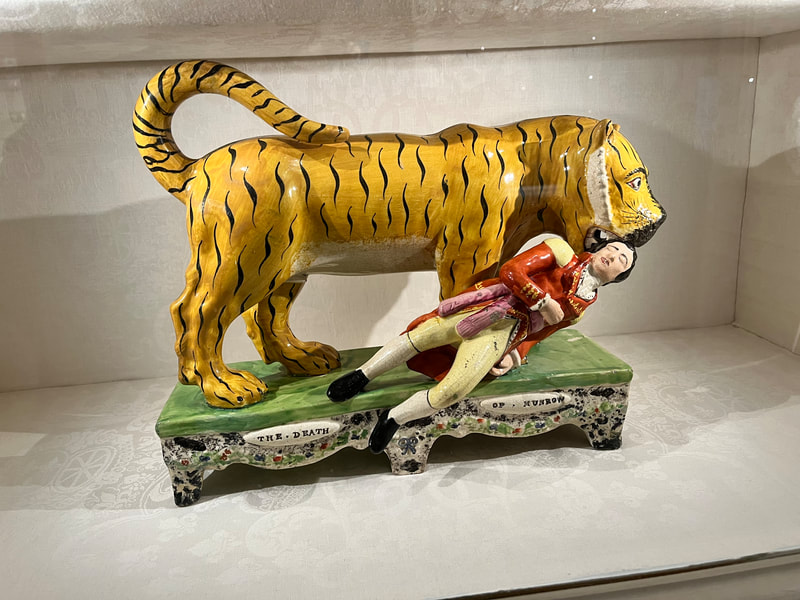
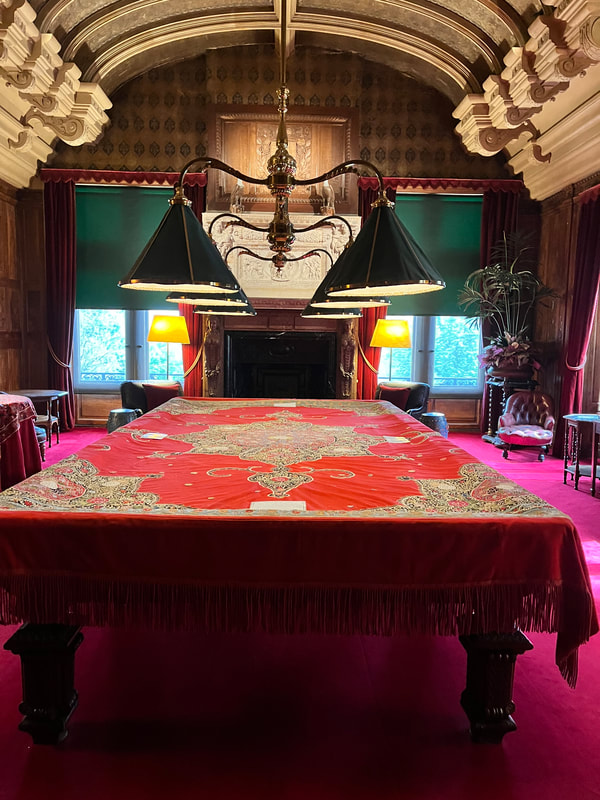
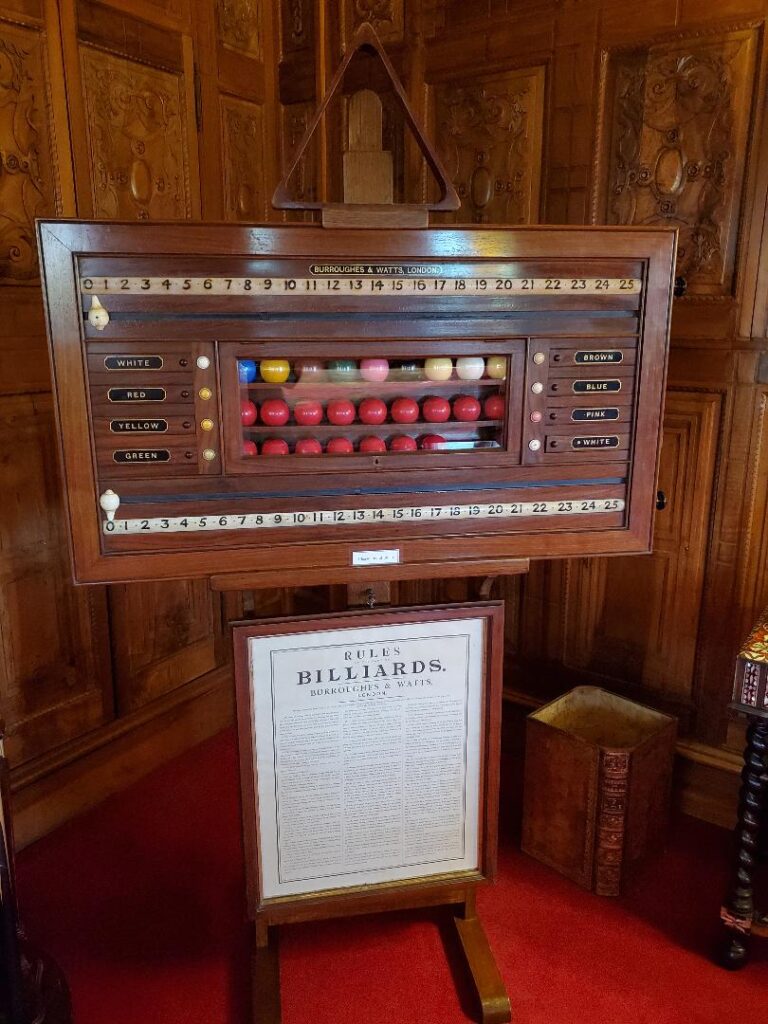
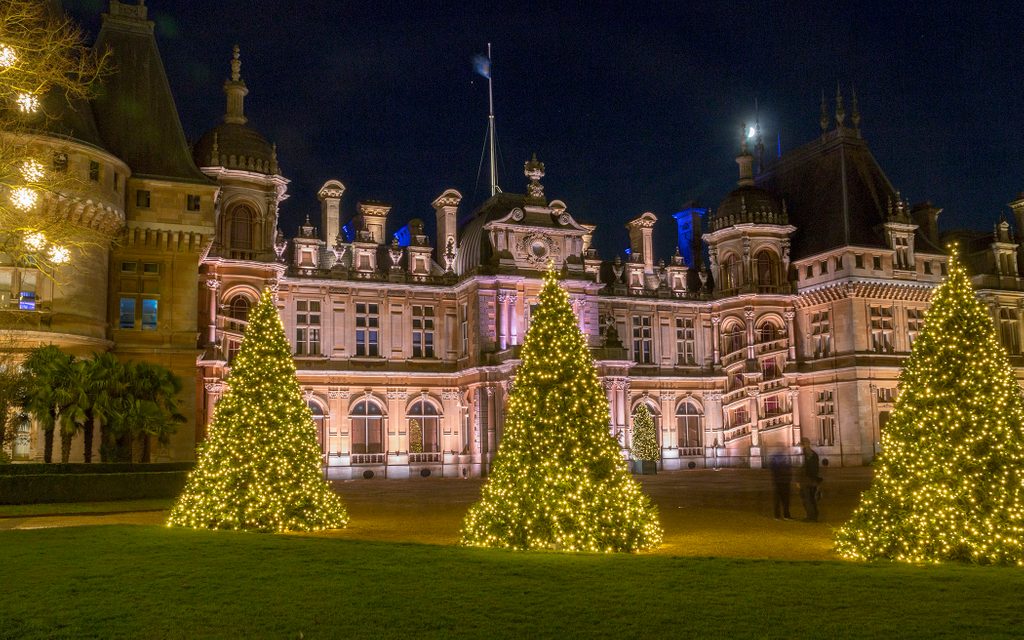
 RSS Feed
RSS Feed